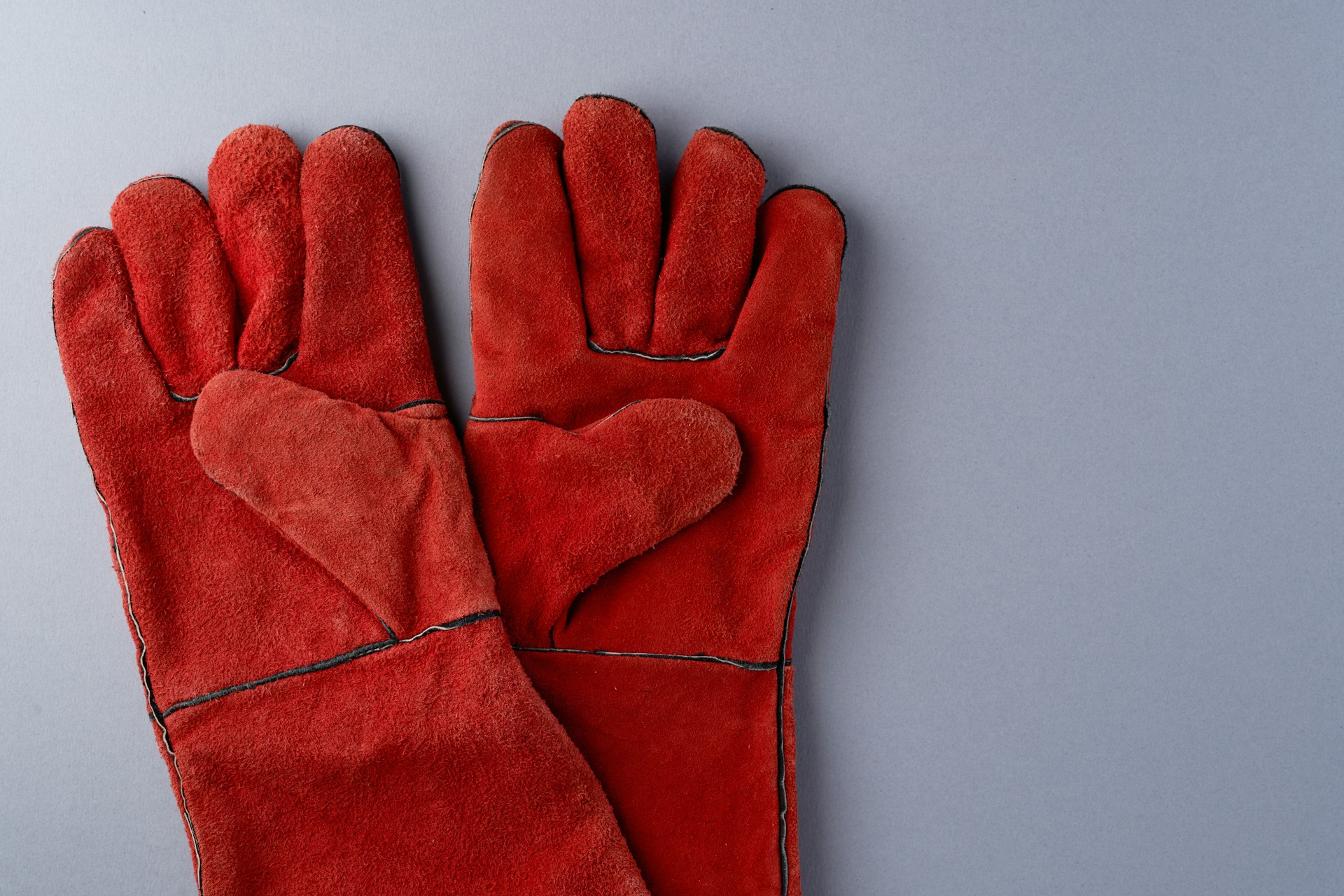No products in the cart.
Gloves: Protect Your Hands.
The Right Construction Gloves: Why One Size Doesn’t Fit All
In the construction industry, your hands are your most essential tools. Every day, they handle tasks such as lifting, gripping, hammering, and assembling—activities that expose them to numerous hazards. While gloves may seem like basic personal protective equipment (PPE), selecting the right type of glove for each task is crucial for both safety and productivity on the job site.
Why Choosing Job-Specific Gloves Matters.
Construction environments are full of potential dangers—sharp edges, chemicals, electrical hazards, and extreme temperatures. Generic gloves often fail to provide sufficient protection, and using the wrong type can lead to reduced grip, limited dexterity, or even serious injuries. That’s why using job-specific safety gloves tailored to different construction roles is essential.
Matching Gloves to Construction Tasks
Masonry and Concrete Work
Workers handling bricks, cement, or stone face abrasive surfaces and potential skin irritation from lime. The best gloves for masonry are thick, abrasion-resistant, and often made from leather or rubber-coated fabric. Look for gloves with reinforced palms and fingertips for better durability and chemical protection.
Electrical Work
Electrical work requires insulated rubber gloves certified for voltage protection. These gloves prevent electric shocks and are often paired with leather protector gloves for added durability. Never use leather gloves alone for electrical tasks—they do not insulate and could increase shock risk.
Carpentry and Woodworking
Carpenters benefit from lightweight gloves that maintain flexibility and tactile sensitivity. Anti-slip grip materials help handle small tools, nails, and screws, while padded palms reduce vibration from drills, saws, and sanders.
Heavy Equipment and Mechanical Jobs
Handling machinery demands impact-resistant gloves with TPR overlays for knuckle and finger protection. These gloves absorb shocks and shield against crushing injuries while maintaining control and comfort.
Handling Sharp Metals or Tools
For work involving metal sheeting, wires, or blades, use cut-resistant gloves made from Kevlar, HPPE, or Dyneema. Choose gloves with a high EN 388 cut-resistance rating (Level 4 or above) to prevent lacerations while maintaining hand mobility.
Final Thoughts: Invest in the Right Gloves
There’s no such thing as a one-size-fits-all glove in construction. The best approach is to build a selection of task-specific hand protection gear that fits your workflow and job site risks.
When choosing gloves, always consider:
- The specific hazard (cut, impact, chemical, or electric)
- Material durability and flexibility
- Grip and fit
- Comfort for extended use
Looking for guidance on choosing the right glove for your task or climate?
Drop a comment or contact us—we’re here to help you work smarter, safer, and with confidence.

